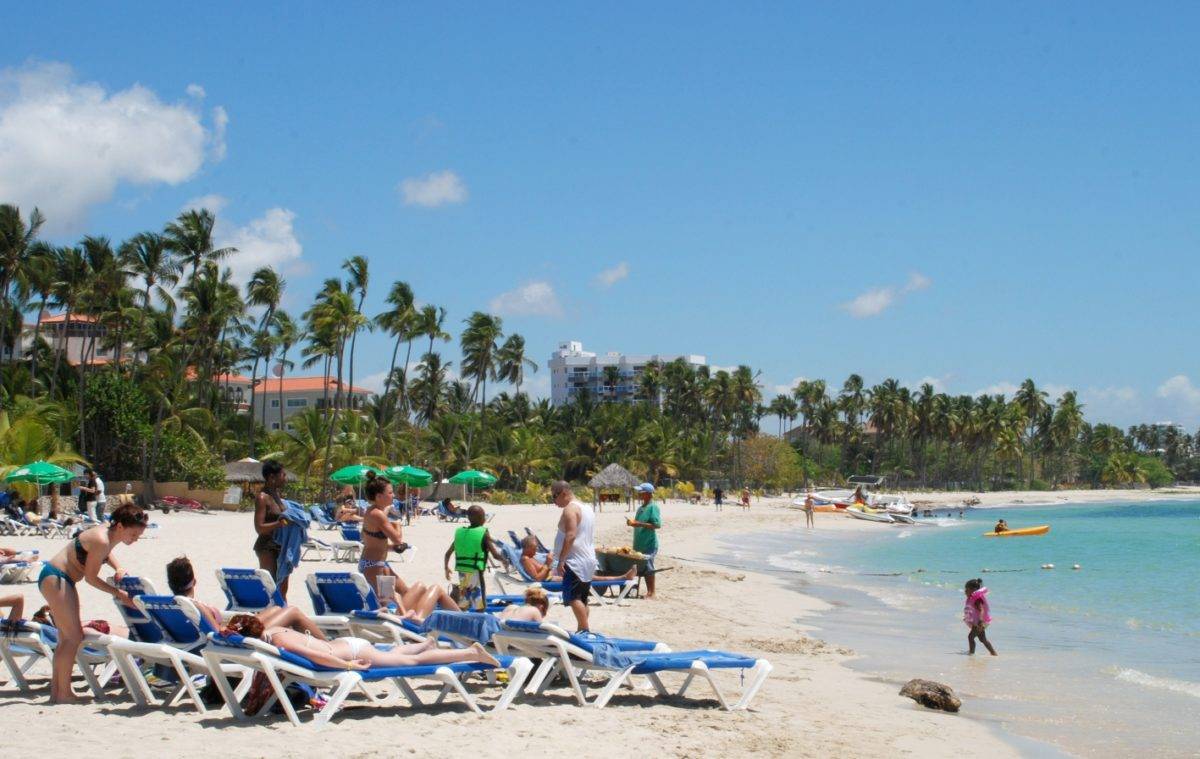The benefits of protecting beaches from erosion

Beaches are the main attraction of our tourist destination.
Santo Domingo – The Sustainable Coastal Management Program (Beaches) and the “Dominican Republic 30×30” program will change how we manage the country’s coastal zone.
Just as we were beginning to rest our fingers on the keys to flesh out this story, prompted by the announcement by the local representation of the Inter-American Development Bank (IDB) that the country will begin the execution of the Sustainable Coastal Management Program (Beaches) with a US$70 million loan from that organization and technical support over five years, this other announcement was made, to which we turn our attention: the Dominican Government will implement the “Dominican Republic 30X30” program, an initiative aimed at protecting 30% of its oceans, lands, and ecosystems, to guarantee biodiversity, preserve natural resources and mitigate the impacts of climate change.
Both, produced separately and on different dates, are complementary, and we hope that they will lead to a transcendent change in the management of our natural resources because, as President Luis Abinader stated in the act launching the initiative, “if natural resources are not preserved, there will be no economic development in the country.”
Information provided by the local representation of the IDB reveals that of the more than 200 beaches we have, distributed over 1,600 kilometers of sandy coastline, 70% suffer erosion. This is a worrying situation that should be reversed with the implementation of these two programs, as well as others that should be implemented in the future to give sustainability to our development.
The Dominican Republic has a condition that obliges it to undertake this task with more urgency, determination, and continuity than any other country in the region, and that is that in a few years, the number of tourists residing abroad that we will receive annually will exceed the local population, which will exert strong pressures on our natural resources that could bring us to the brink of sacrificing the wealth that nature has given us to enjoy forever for the sake of producing the transient.
Let us not forget that corals and mangroves give stability to beaches. They naturally contain the force of the waves and the wind while ensuring the lives of fish and marine animals that are always replenishing the sand.
In several points of the coastal zone, this ecosystem is being lost in a process that must be reversed because beach erosion increases the areas’ vulnerability to extreme phenomena such as cyclonic and winter storm surges.
Undoubtedly, the cost of preventive action is far outweighed by the benefits of having stable ecosystems, and they are even more significant in the case of a country like the Dominican Republic, which has a multimillion-dollar tourism real estate infrastructure.
This cost-benefit relationship varies from one case to another, but to get an idea of this relationship, we know of a case of intervention to correct a beach’s erosion, in which each dollar invested in recovery guaranteed a benefit of seven dollars, only taking into account the value of coastal properties and without including other benefits for coastal communities.
On the other hand, an acceleration of beach erosion increases the vulnerability of these areas to the impact of extreme phenomena such as storm surges. If not corrected, this could cause a depreciation of the properties established in the coastal zone and negatively affect the standard of living of the Dominican population living in the area.
But more important than the economic value is the intangible value of our beaches, for whose enjoyment time is never enough.

















